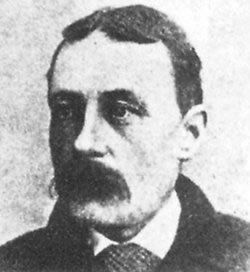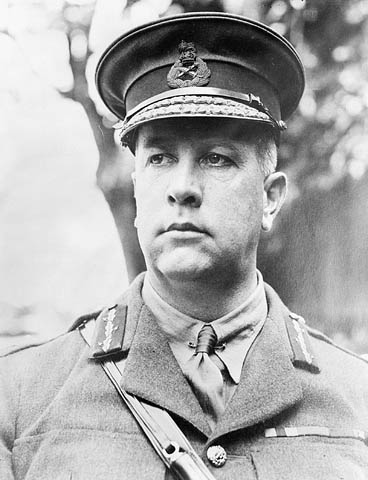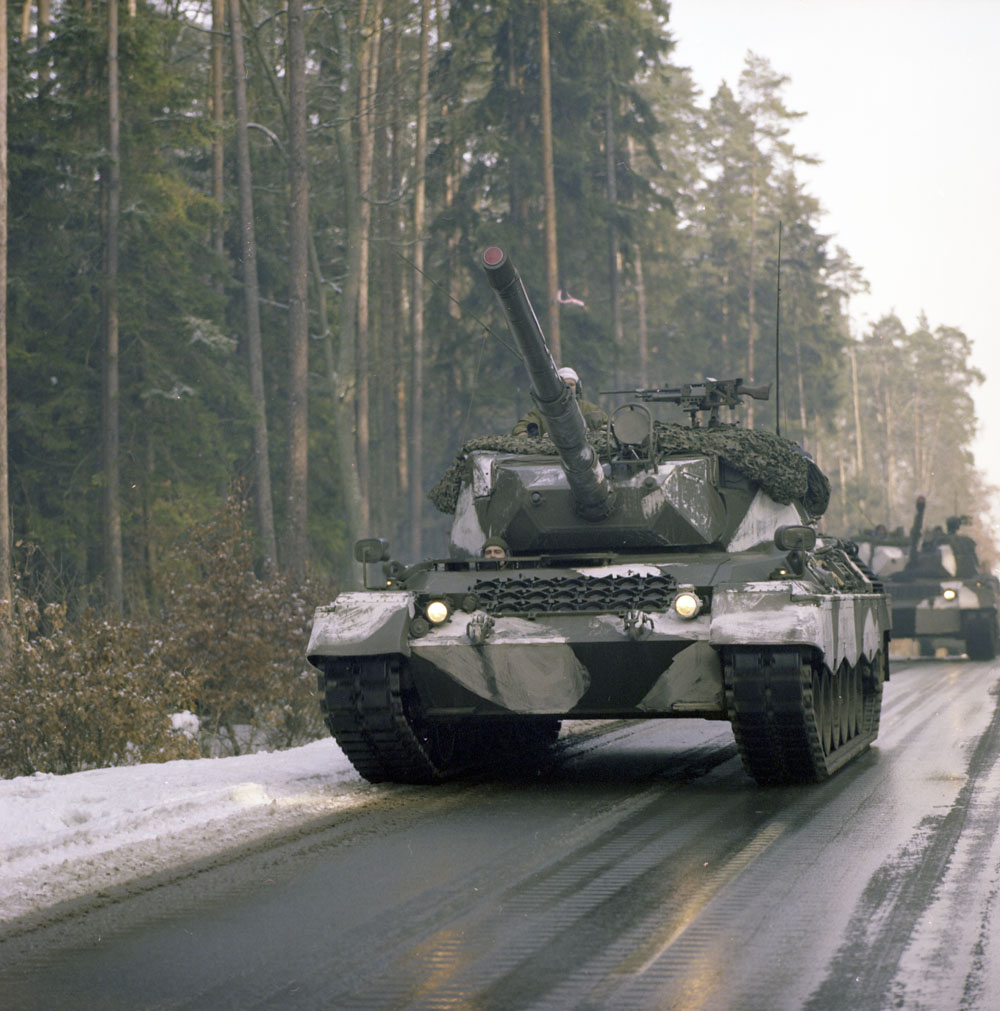Article
Cadets
Public interest in the military training of young Canadians has waxed in time of wars and threat of wars, and waned in peacetime.

Enter your search term
Signing up enhances your TCE experience with the ability to save items to your personal reading list, and access the interactive map.
Create AccountArticle
Public interest in the military training of young Canadians has waxed in time of wars and threat of wars, and waned in peacetime.
"https://www.thecanadianencyclopedia.ca/images/tce_placeholder.jpg?v=e9dca980c9bdb3aa11e832e7ea94f5d9" // resources/views/front/categories/view.blade.phphttps://www.thecanadianencyclopedia.ca/images/tce_placeholder.jpg?v=e9dca980c9bdb3aa11e832e7ea94f5d9

Article
Callixte Lavallée, composer, pianist, conductor, teacher, administrator, soldier (born 28 December 1842 in Verchères, Canada East; died 21 January 1891 in Boston, Massachusetts). A pioneer in music both in Canada and the United States, Calixa Lavallée was considered one of the “national glories” of Quebec. He is best known for composing the music for “O Canada” and was twice president of the Académie de musique de Québec. Despite this vaunted stature, he spent much of his life outside Canada, served with the Union Army during the American Civil War and called for Canada to be annexed by the United States. The Prix de musique Calixa-Lavallée, awarded by the St-Jean-Baptiste Society of Montreal for outstanding contributions to the music of Quebec, is named in his honour.
"https://d3d0lqu00lnqvz.cloudfront.net/media/media/8dd0c868-a5c7-46f8-ad85-813efc1f6bb8.jpg" // resources/views/front/categories/view.blade.phphttps://d3d0lqu00lnqvz.cloudfront.net/media/media/8dd0c868-a5c7-46f8-ad85-813efc1f6bb8.jpg

Article
Campbell Mellis Douglas, surgeon, soldier, writer, inventor and sportsman (b at Grosse Ile, Qué 5 Aug 1840; d at Wells, Somerset, Eng 31 Dec 1909).
"https://d3d0lqu00lnqvz.cloudfront.net/Campbell_Douglas_VC.jpg" // resources/views/front/categories/view.blade.phphttps://d3d0lqu00lnqvz.cloudfront.net/Campbell_Douglas_VC.jpg

Article
More than 2,800 trained civilian nurses enlisted with the Canadian army during the First World War, becoming the first women in the modern world to hold military commissions as officers. As members of the Canadian Army Medical Corps (CAMC), the nursing sisters treated and cared for wounded soldiers overseas and at home. At least 58 died from disease or enemy action during the war.
"https://d3d0lqu00lnqvz.cloudfront.net/media/media/271eb18d-51cb-46d8-b660-42a54e9557c5.jpg" // resources/views/front/categories/view.blade.phphttps://d3d0lqu00lnqvz.cloudfront.net/media/media/271eb18d-51cb-46d8-b660-42a54e9557c5.jpg

Article
The Canadian Expeditionary Force (CEF), of some 630,000 men during the Great War of 1914–18, consisted almost entirely of civilian soldiers. Pre-war farmers, clerks, students, and workers voluntarily enlisted to serve King and Country, although close to 100,000 were conscripted for service in the last year of the war. Most of the Canadian senior officers were drawn from the middle class — lawyers, engineers, professional soldiers, businessmen, farmers, and even a dentist.
"https://d3d0lqu00lnqvz.cloudfront.net/media/media/9a0a96ba-10cb-49e8-98bc-20c7dbecd49d.jpg" // resources/views/front/categories/view.blade.phphttps://d3d0lqu00lnqvz.cloudfront.net/media/media/9a0a96ba-10cb-49e8-98bc-20c7dbecd49d.jpg

Article
During the Cold War, Canada stationed army and air force units abroad for the first time during peacetime. Soldiers and airmen began to arrive in the early 1950s, shortly after the Cold War began, and remained until 1993, after it ended. In total, more than 100,000 Canadian military personnel served in France and West Germany in that period.
"https://d3d0lqu00lnqvz.cloudfront.net/media/media/e011169341-v8.jpg" // resources/views/front/categories/view.blade.phphttps://d3d0lqu00lnqvz.cloudfront.net/media/media/e011169341-v8.jpg

Article
Since 1990, peacekeepers from the Canadian Armed Forces (CAF) and civilian police forces, including the Royal Canadian Mounted Police (RCMP), have served in Haiti on various United Nations (UN) missions. The purpose of these missions was to help stop the internal violence and civil unrest that had plagued the country for years and help promote and protect human rights and strengthen police and judicial systems.
"https://d3d0lqu00lnqvz.cloudfront.net/media/new_article_images/Peacekeeping/Canadian Peacekeepers in Haiti.jpg" // resources/views/front/categories/view.blade.phphttps://d3d0lqu00lnqvz.cloudfront.net/media/new_article_images/Peacekeeping/Canadian Peacekeepers in Haiti.jpg

Article
From 1993 to 1995, Canada was a leading contributor to a series of United Nations peacekeeping missions in the African nation of Rwanda. However, the United Nations Assistance Mission for Rwanda (UNAMIR), led by Canadian Major-General Roméo Dallaire, was powerless to prevent the slaughter of 800,000 Rwandans in 1994. Following the genocide, a new contingent of Canadian troops returned to Rwanda as part of UNAMIR II, tasked with restoring order and bringing aid to the devastated population. Hundreds of Canadian soldiers, including Dallaire, returned from their service in Rwanda deeply scarred by what they had witnessed.
"https://d3d0lqu00lnqvz.cloudfront.net/media/new_article_images/Peacekeeping/Peacekeepers in Rwanda.jpg" // resources/views/front/categories/view.blade.phphttps://d3d0lqu00lnqvz.cloudfront.net/media/new_article_images/Peacekeeping/Peacekeepers in Rwanda.jpg

Article
In 1992–93, Canada contributed military forces to UNITAF, a United Nations–backed humanitarian mission in the African nation of Somalia. The mission was hampered by the fact that some of the warring factions in the Somalia conflict attacked the international forces that were trying to restore order and deliver food to a starving population. The Canadian effort was also clouded by the murder of a Somali teenager by Canadian troops. The crime — and alleged cover-up by Defence officials in Ottawa — became one of the most infamous scandals in Canadian history.
"https://d3d0lqu00lnqvz.cloudfront.net/media/new_article_images/e002280232.jpg" // resources/views/front/categories/view.blade.phphttps://d3d0lqu00lnqvz.cloudfront.net/media/new_article_images/e002280232.jpg

Article
From 1991 to the present, members of the Canadian Armed Forces (CAF) and civilian police forces, including the Royal Canadian Mounted Police (RCMP), have served in peace operations in the Balkans. Their mission was to provide security and stability following the breakup of the Federal Republic of Yugoslavia. Nearly 40,000 Canadians have served in the Balkans, and 23 CAF members died while deployed there.
"https://d3d0lqu00lnqvz.cloudfront.net/media/new_article_images/Peacekeeping/Peacekeepers in Croatia.jpg" // resources/views/front/categories/view.blade.phphttps://d3d0lqu00lnqvz.cloudfront.net/media/new_article_images/Peacekeeping/Peacekeepers in Croatia.jpg

Article
The Canadian Rangers are a unique organization within the Armed Forces, created to provide a paramilitary presence in the North and in other remote areas made up of mainly local Indigenous populations. The number of Canadian Rangers in 2024 is roughly 5,000.
"https://d3d0lqu00lnqvz.cloudfront.net/media/media/4314765e-22dd-4b91-8f51-38c79ed95f9a.jpg" // resources/views/front/categories/view.blade.phphttps://d3d0lqu00lnqvz.cloudfront.net/media/media/4314765e-22dd-4b91-8f51-38c79ed95f9a.jpg

Macleans
This article was originally published in Maclean’s magazine on October 13, 2003. Partner content is not updated. DON'T EXPECT MUCH sympathy from Sgt. Paul Coppicus. For the rugged soldier from Moosomin, Sask., tackling challenges on your own initiative is the only way to prove your worth.
"https://www.thecanadianencyclopedia.ca/images/tce_placeholder.jpg?v=e9dca980c9bdb3aa11e832e7ea94f5d9" // resources/views/front/categories/view.blade.phphttps://www.thecanadianencyclopedia.ca/images/tce_placeholder.jpg?v=e9dca980c9bdb3aa11e832e7ea94f5d9

Macleans
Just a few days before he and Prime Minister Stephen Harper made their surprise March trip to visit Canadian troops in Afghanistan, Defence Minister Gordon O'Connor tried to calm growing anxiety about the combat role Canada appeared to be taking on in Kandahar.This article was originally published in Maclean's Magazine on June 26, 2006
"https://www.thecanadianencyclopedia.ca/images/tce_placeholder.jpg?v=e9dca980c9bdb3aa11e832e7ea94f5d9" // resources/views/front/categories/view.blade.phphttps://www.thecanadianencyclopedia.ca/images/tce_placeholder.jpg?v=e9dca980c9bdb3aa11e832e7ea94f5d9

Macleans
The road they died on could hardly even be called one.This article was originally published in Maclean's Magazine on October 13, 2003
"https://www.thecanadianencyclopedia.ca/images/tce_placeholder.jpg?v=e9dca980c9bdb3aa11e832e7ea94f5d9" // resources/views/front/categories/view.blade.phphttps://www.thecanadianencyclopedia.ca/images/tce_placeholder.jpg?v=e9dca980c9bdb3aa11e832e7ea94f5d9

Macleans
Their widows wept. A bagpiper played an old, sad song. The faces of comrades were ashen. Memorial services for fallen soldiers are, of course, painfully unique to the families and friends of the dead; but what they offer the nation is familiar ritual, perhaps a feeling of closure.This article was originally published in Maclean's Magazine on October 20, 2003
"https://www.thecanadianencyclopedia.ca/images/tce_placeholder.jpg?v=e9dca980c9bdb3aa11e832e7ea94f5d9" // resources/views/front/categories/view.blade.phphttps://www.thecanadianencyclopedia.ca/images/tce_placeholder.jpg?v=e9dca980c9bdb3aa11e832e7ea94f5d9
